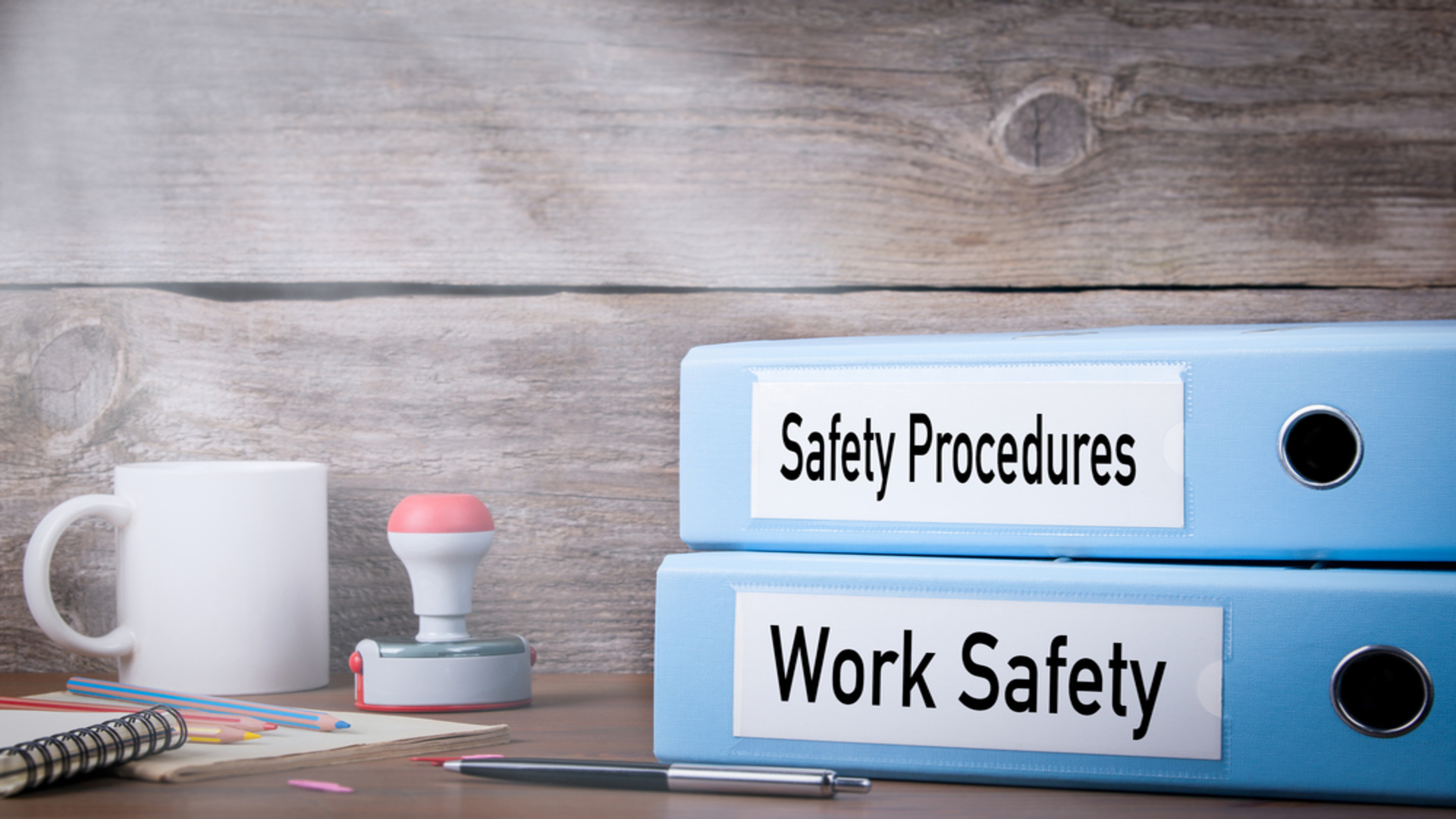What Does a Poor Safety Culture Cost Your Business?
When asked, any business will say that workplace safety is a top priority. However, the numbers show a trend that’s headed in the wrong direction—according to the Bureau of Labor Statistics, there were 5,486 fatal work injuries in the U.S. in 2022, a 5.7% increase from 2021. Why is there a disconnect between what organizations say and the conditions that can lead to serious accidents on the job? And more importantly, what can you do about it?
A strong safety culture is the best way to prevent unsafe conditions and practices. In this type of workplace, rules, regulations, policies, and protocols for ensuring safety are clearly communicated and adhered to. Leaders communicate company values and lead by example, pointing out unsafe practices, following the rules themselves, and rewarding employees who demonstrate safe practices. Workers are both educated in safety management and encouraged to be involved in implementing safety protocols, so that everyone is empowered to maintain a safe working environment.
Unfortunately the perception is often that the kinds of initiatives necessary to create such a culture are too expensive—in one study of over 100,000 businesses, it was a common belief that “it costs more to ensure worker wellbeing than to ignore it.” This overlooks the many ways a poor safety culture can cost a business, beyond putting the lives and health of its workers on the line.
The Steep Cost of a Poor Safety Culture
Most workplace incidents are the result of human error, which means they can be prevented with proper training and ongoing attention to safety practices. A strong safety culture is an investment in business that pays off in the costs you don’t incur, including:
Worker’s comp claims, litigation, and settlements: Liberty Mutual’s 2021 Workplace Safety Index estimated that employers paid more than $1 billion per week for direct worker’s compensation costs for disabling, non-fatal work injuries in 2018. Similarly, the National Safety Council estimated that work-related deaths and injuries cost $171 billion in 2019. The average cost of a worker’s comp claim can total more than $40,000, while a fatal injury can cost a company over $1.1 million. The cost can be much higher if it ends up in court.
Increased legal expenses: When poor safety practices lead to serious injuries and deaths, you can be sure litigation will follow. Those legal battles can drag on for years, negatively impacting your company’s bottom line and reputation (more on that below). Take the 2010 Deepwater Horizon oil spill. After paying $70 billion to clean up the spill, they were still paying out claims in 2020—ten years later!
Decreased productivity: It may seem like skipping safety protocols saves time and boosts productivity, but in fact, the opposite is true. Healthy, happy employees are more engaged in doing a consistently good job and maintaining a high level of productivity. In addition, avoiding injuries means that it’s less likely your teams will be working around critical absences that slow down production.
Negative reputation: A negative reputation can have a direct impact on a company’s bottom line, perhaps permanently. A Morning Consult report on consumers indicated that 90% said it was important to them that brands take care of their employees, and 49% listed how a business treats employees as one of their top five purchasing considerations. Reducing or eliminating workplace injuries also lowers your odds of bad publicity that could haunt your business for years to come.
Increased workforce turnover: An unsafe workplace is stressful, and that stress can lead to an increase of almost 50% in voluntary turnover. The cost of replacing an employee can range from ½ to 2 times their annual salary according to Gallup, to say nothing of the negative effect on team morale and the impact on productivity when skilled, experienced workers walk off the job.
Your Key to Building a Strong Safety Culture
If your efforts to keep safety at the top of your employees’ minds haven’t been successful, Bridge Training Consultants can help. Our proven safety incentive and training programs effectively engage your teams in creating a supportive environment where everyone works together and then reward them for the behavior you want to see. Our safety leaders combine professional knowledge and entertainment to make monthly safety award meetings something to look forward to. We know how to consistently keep employees’ attention and efforts focused on best practices—and we can deliver presentations in both English and Spanish!
Don’t let a poor safety culture hurt your company. Contact Bridge Training Consultants today.


